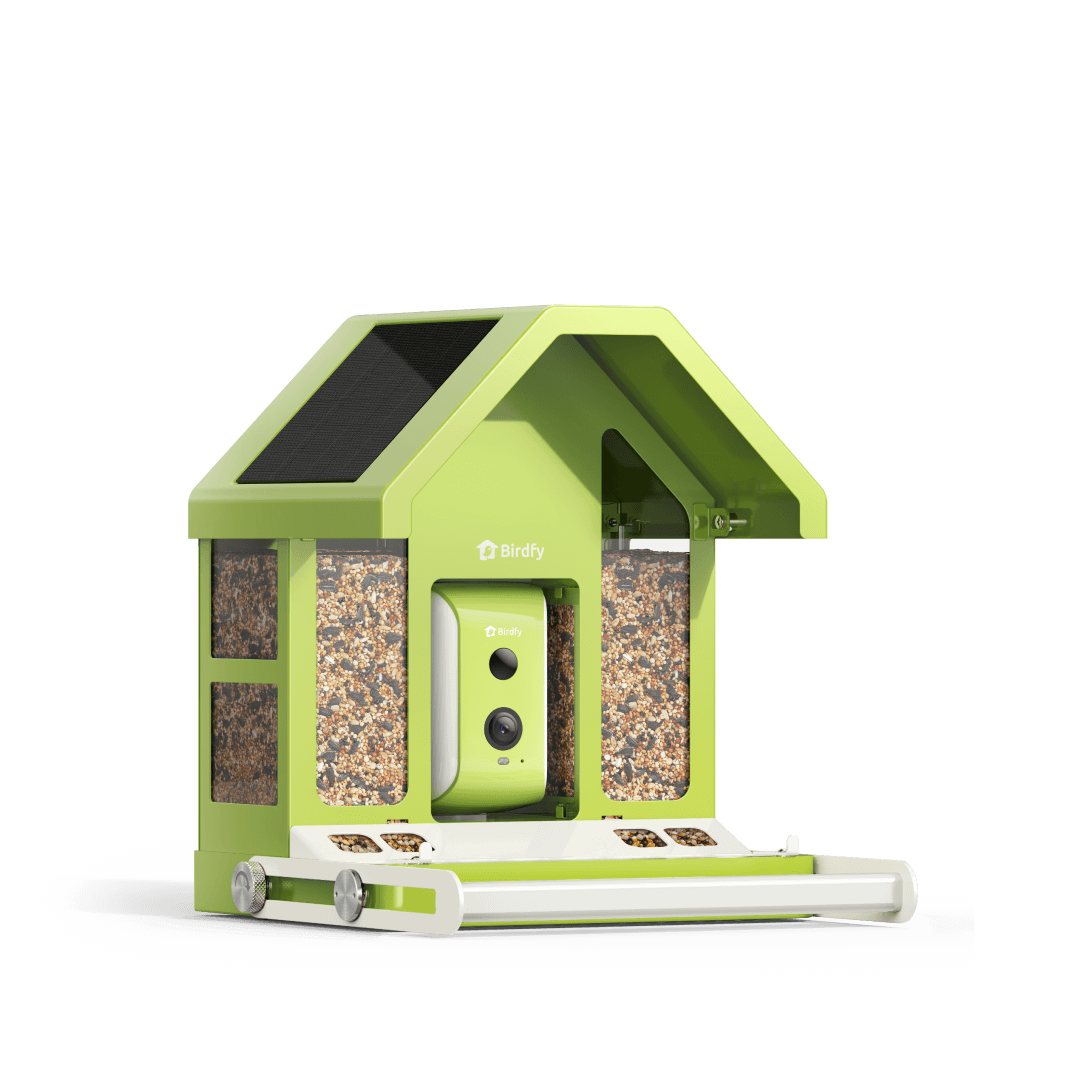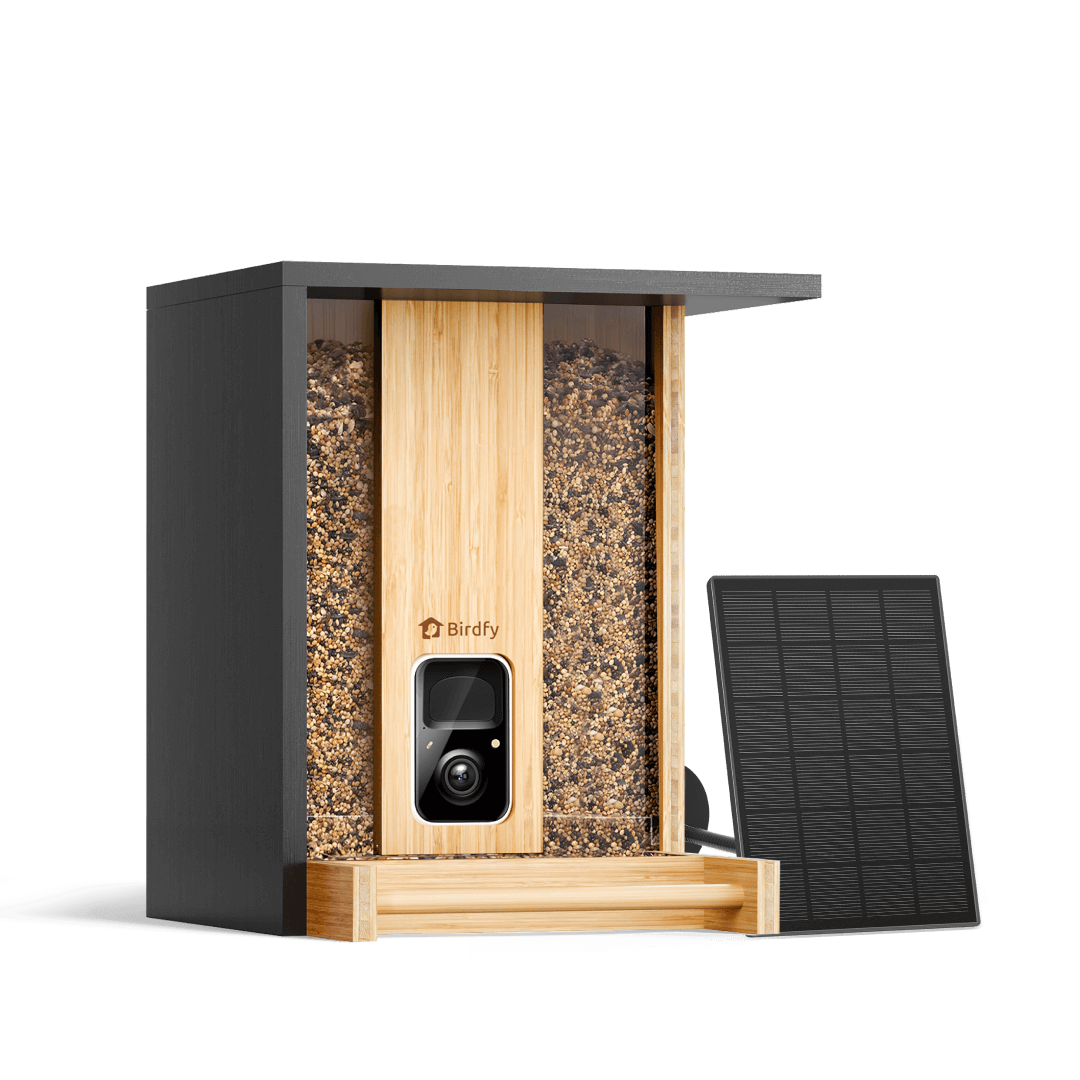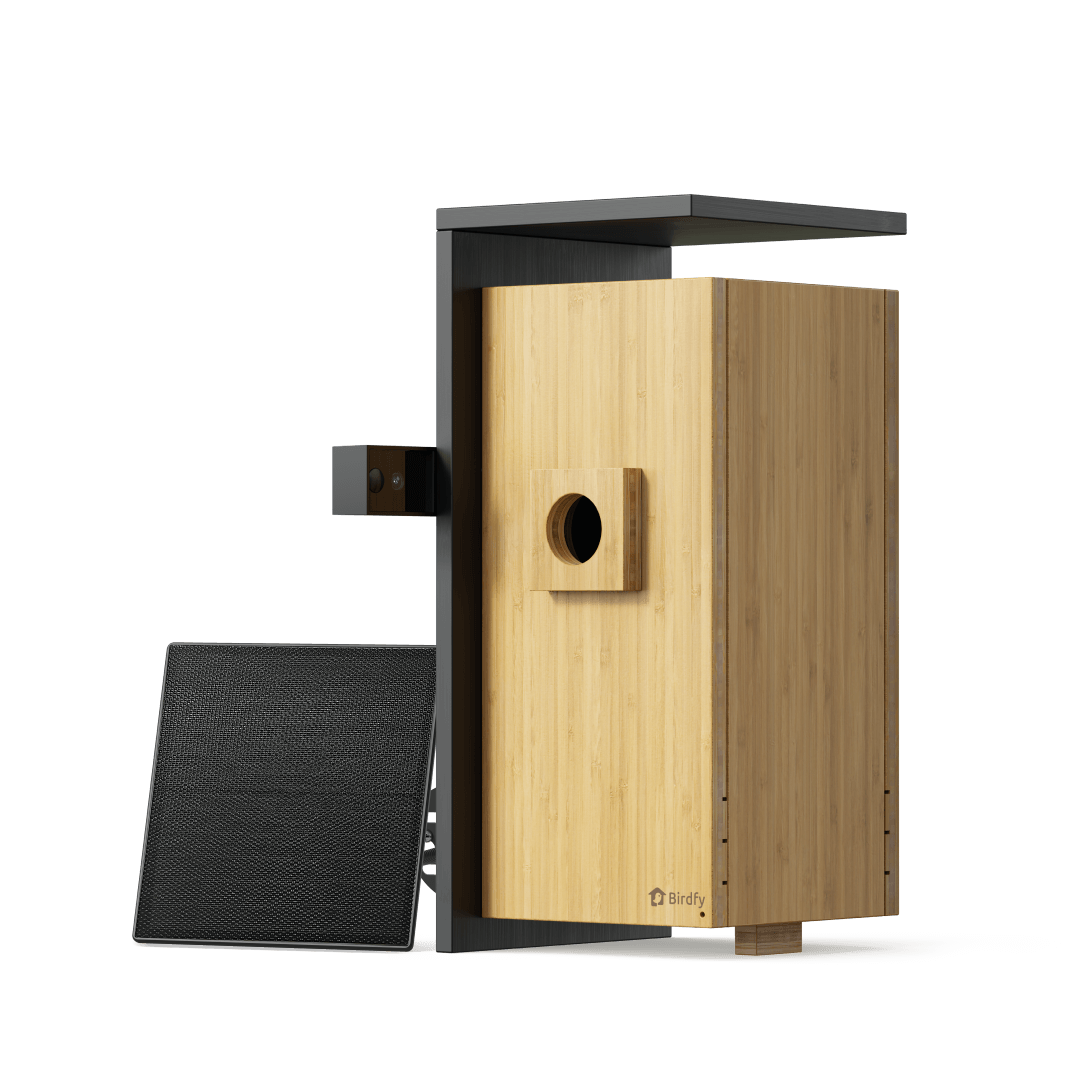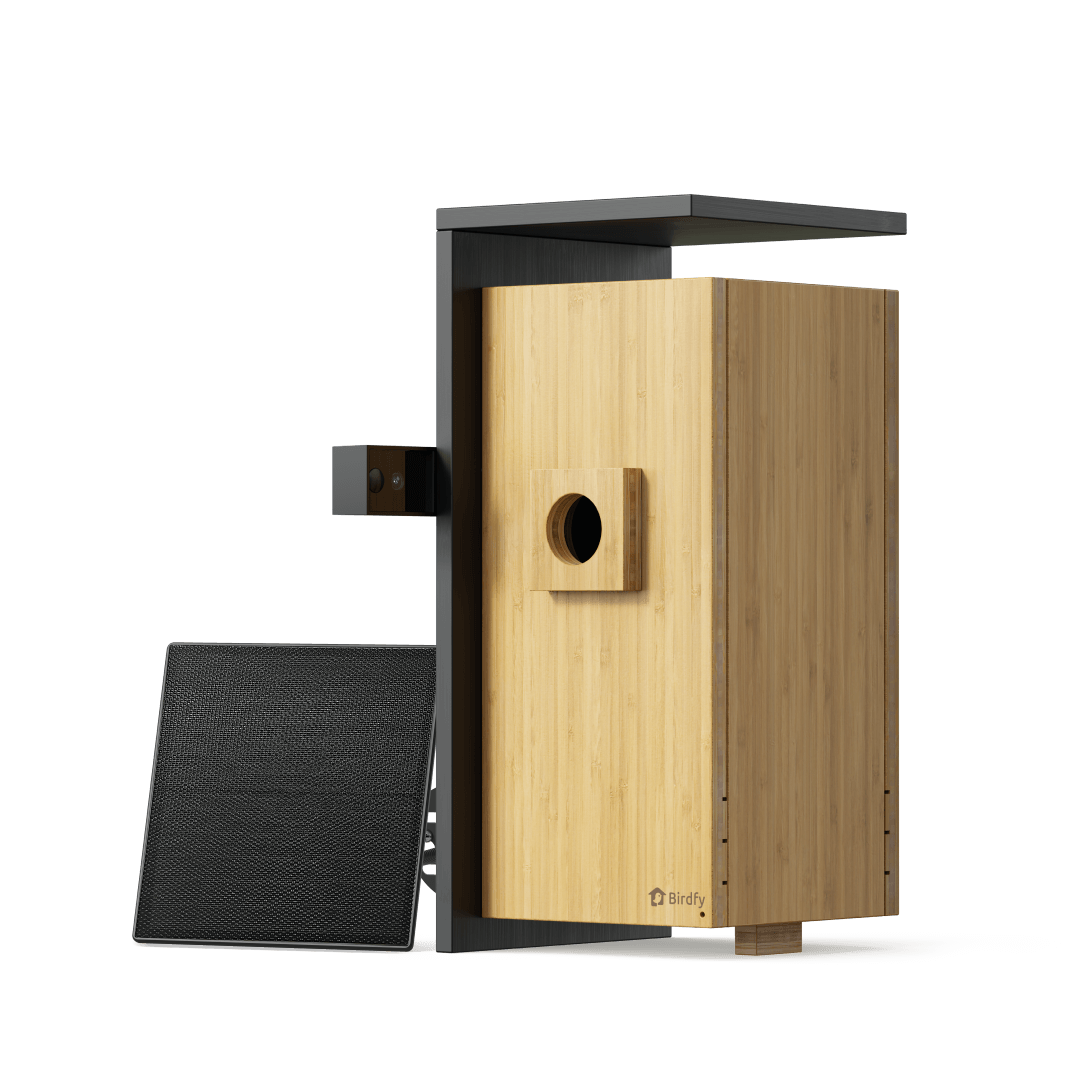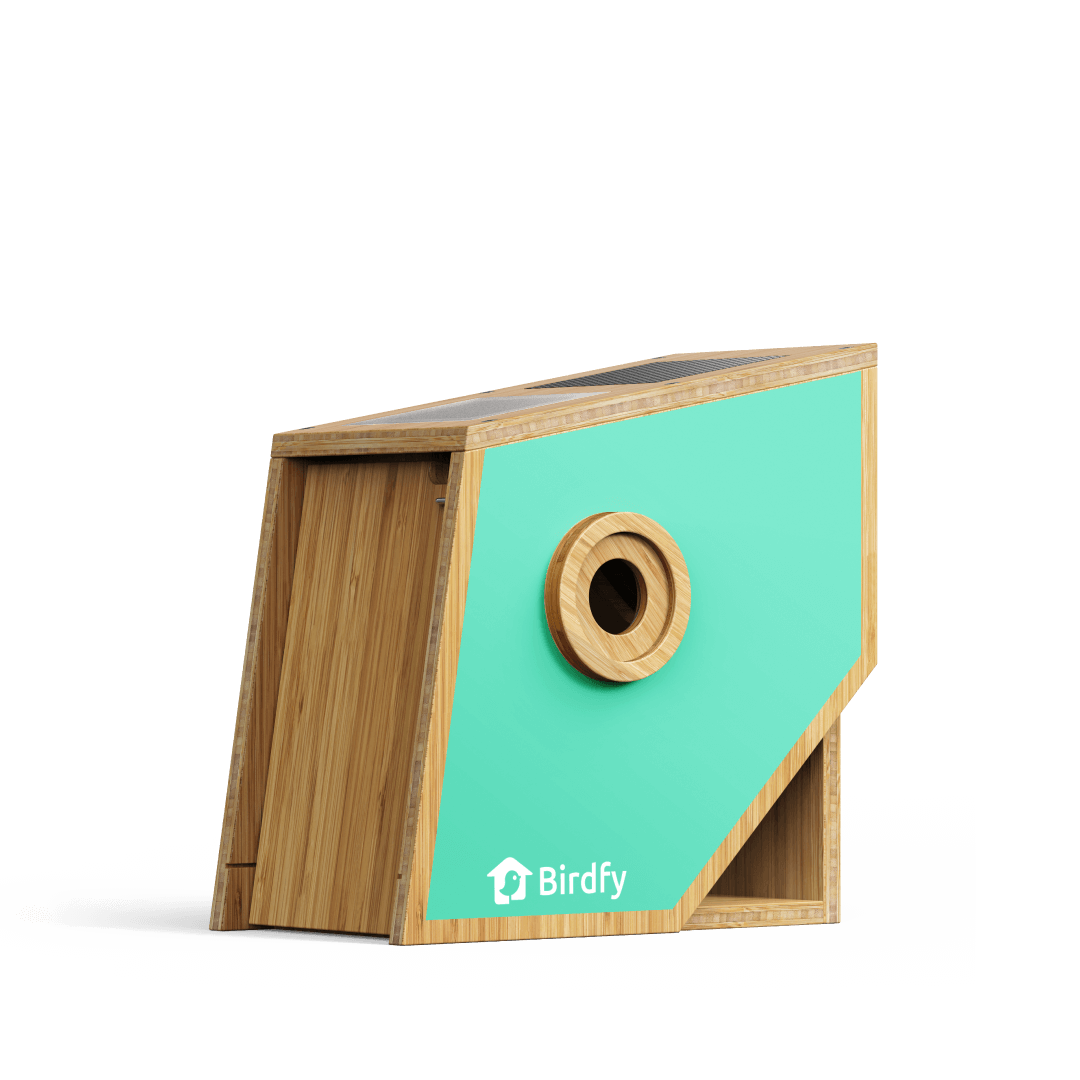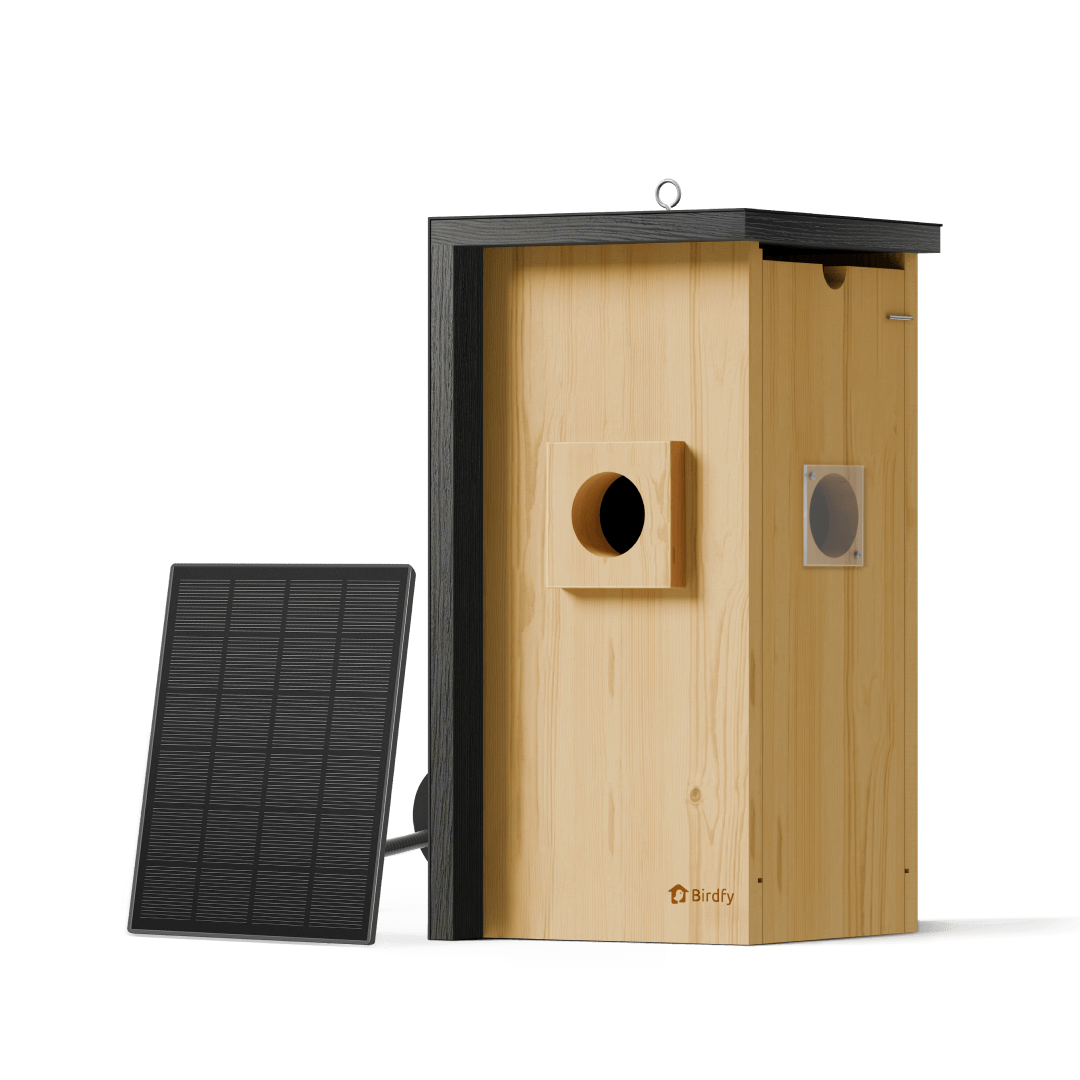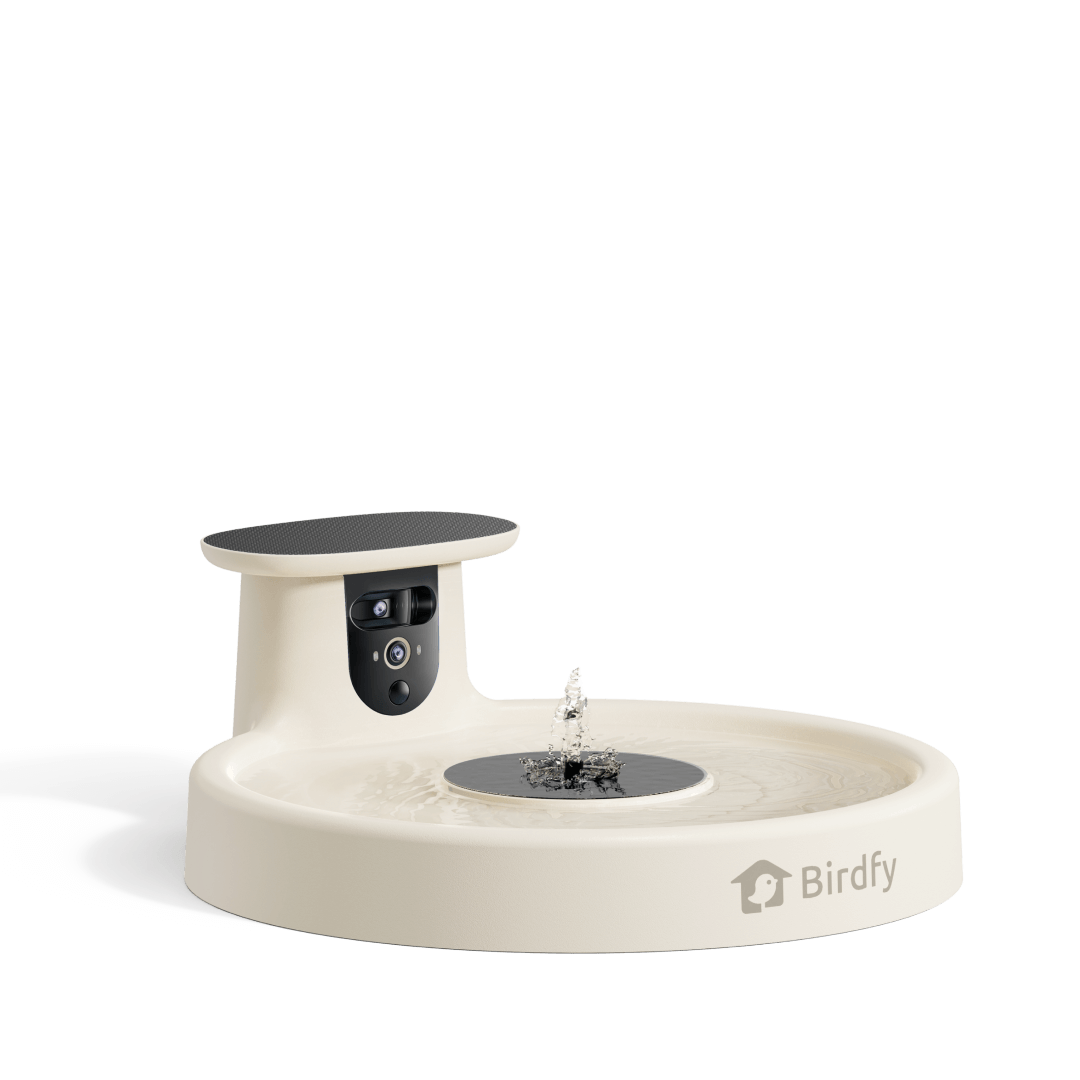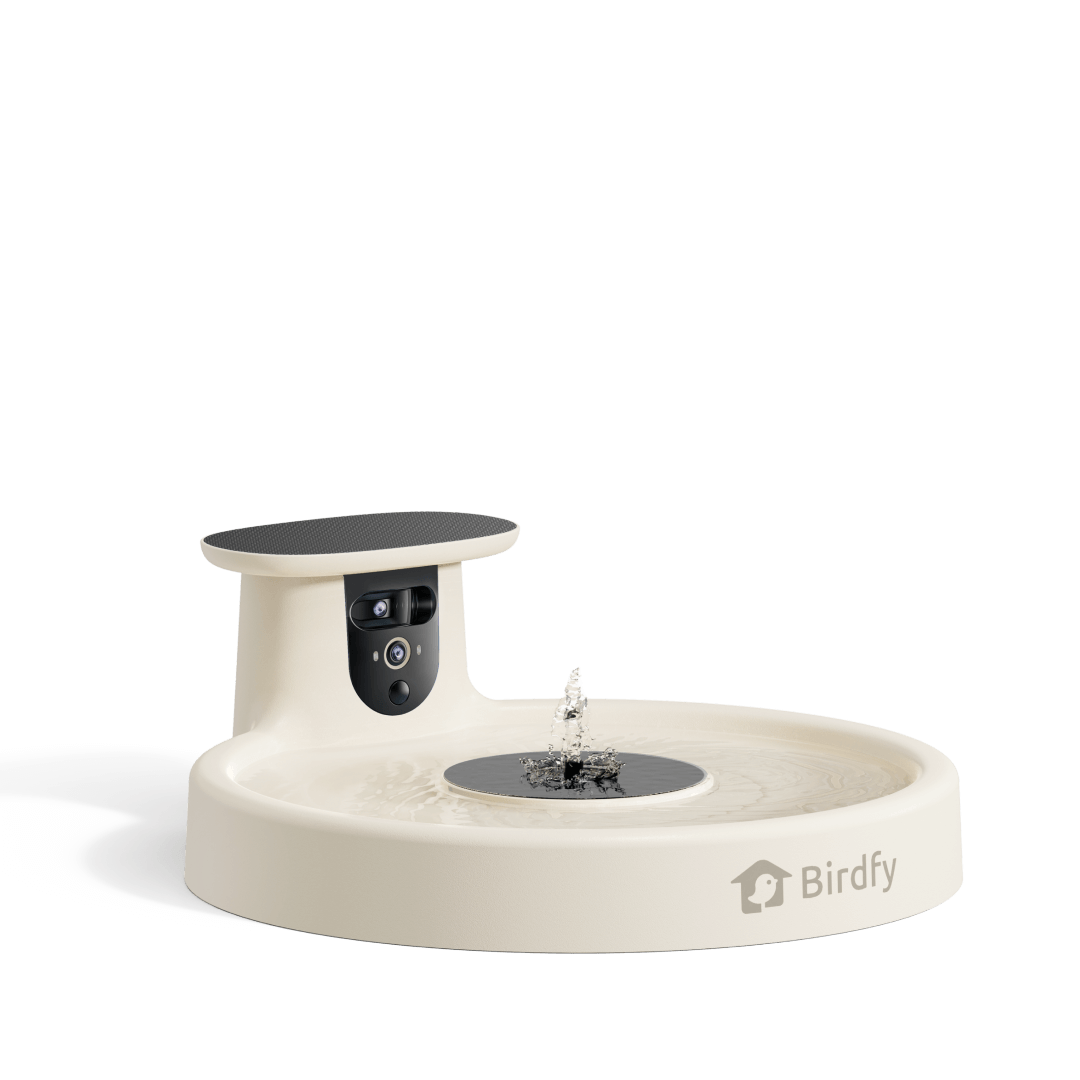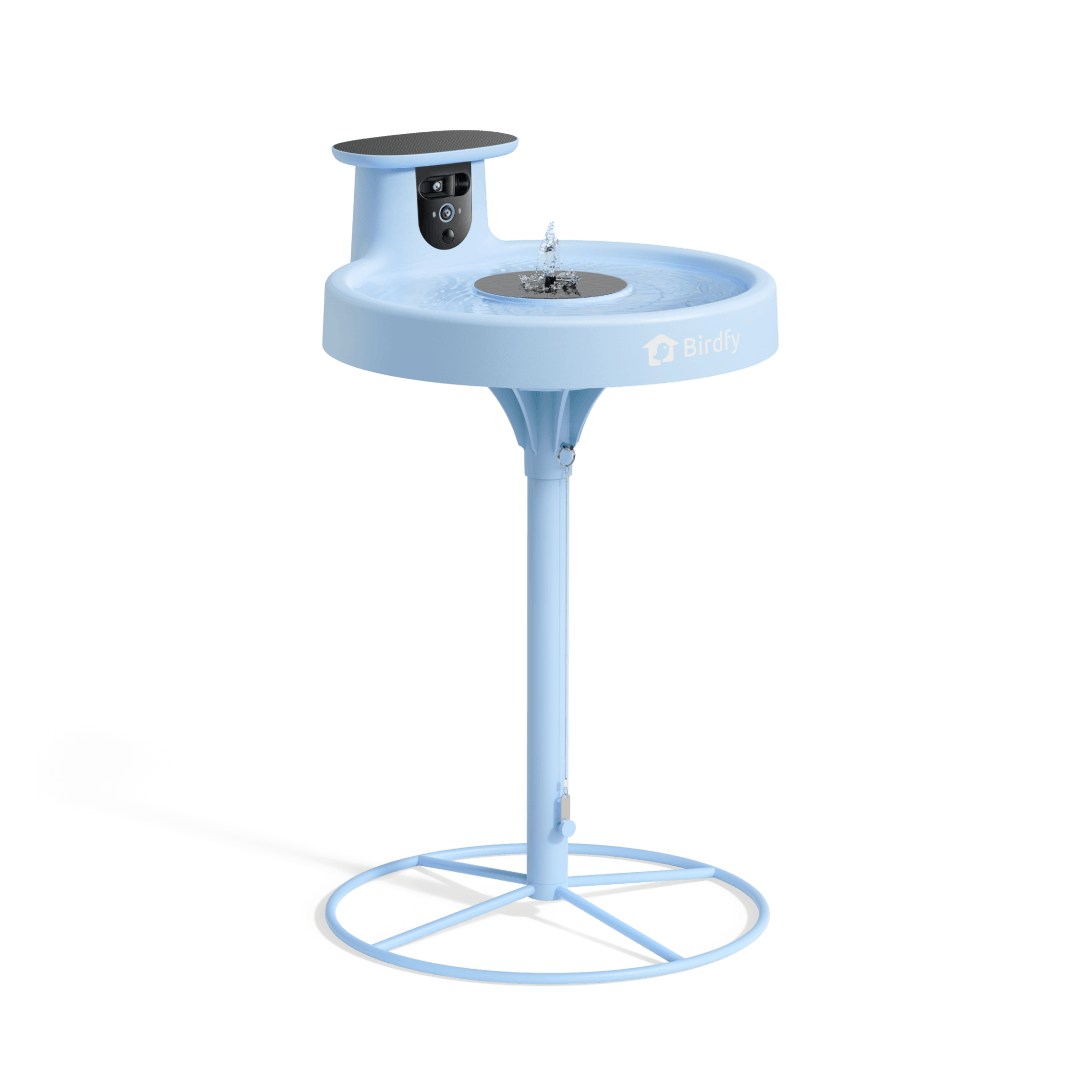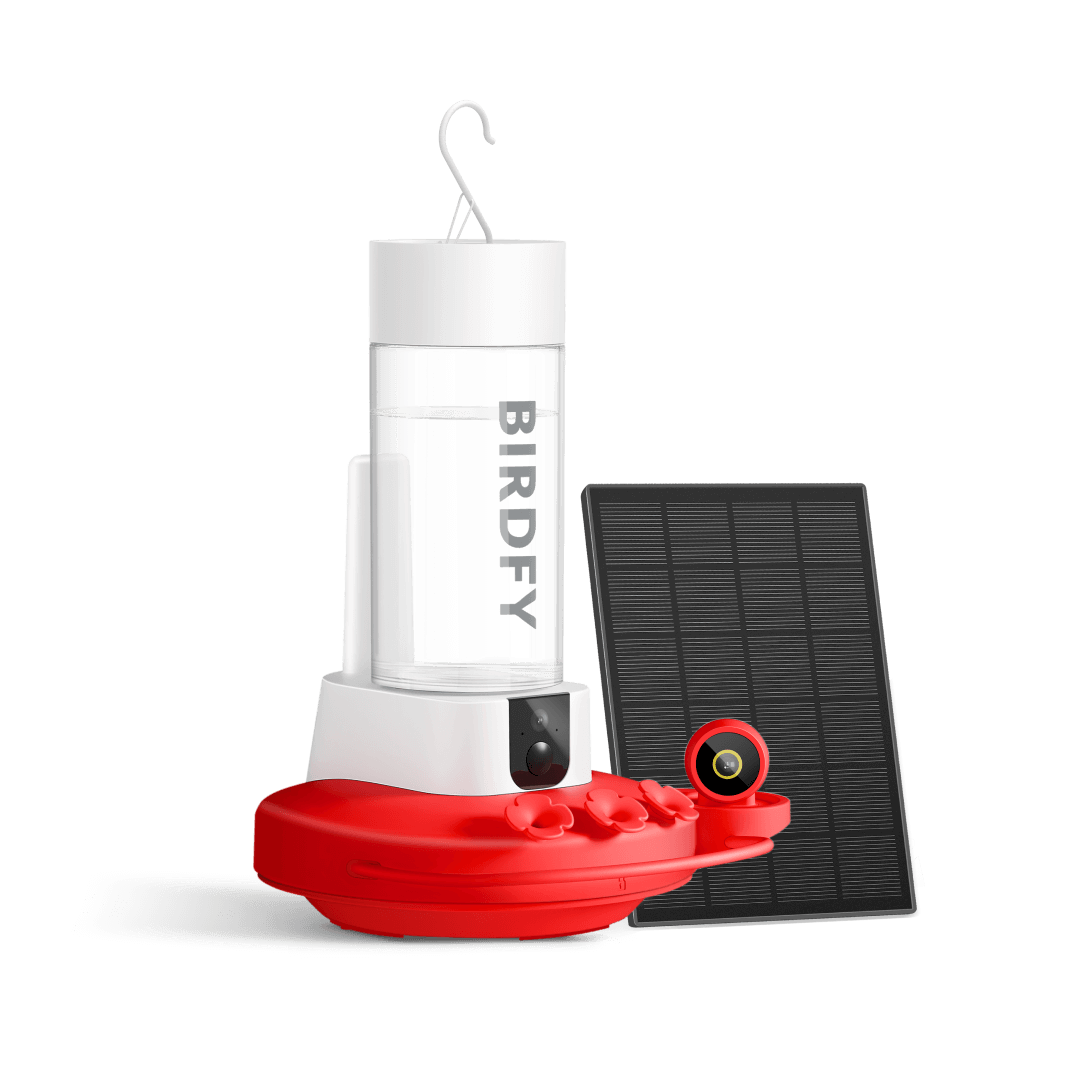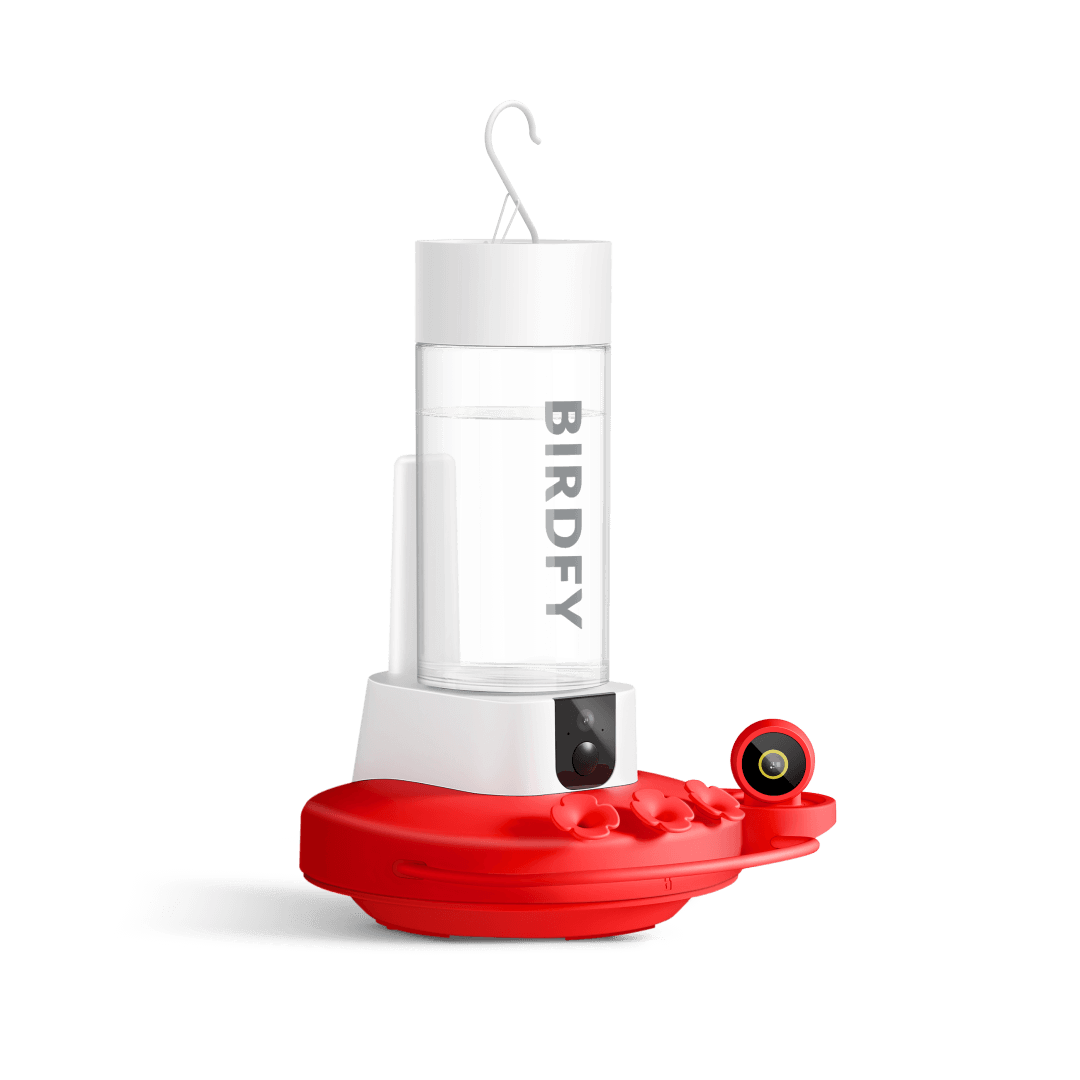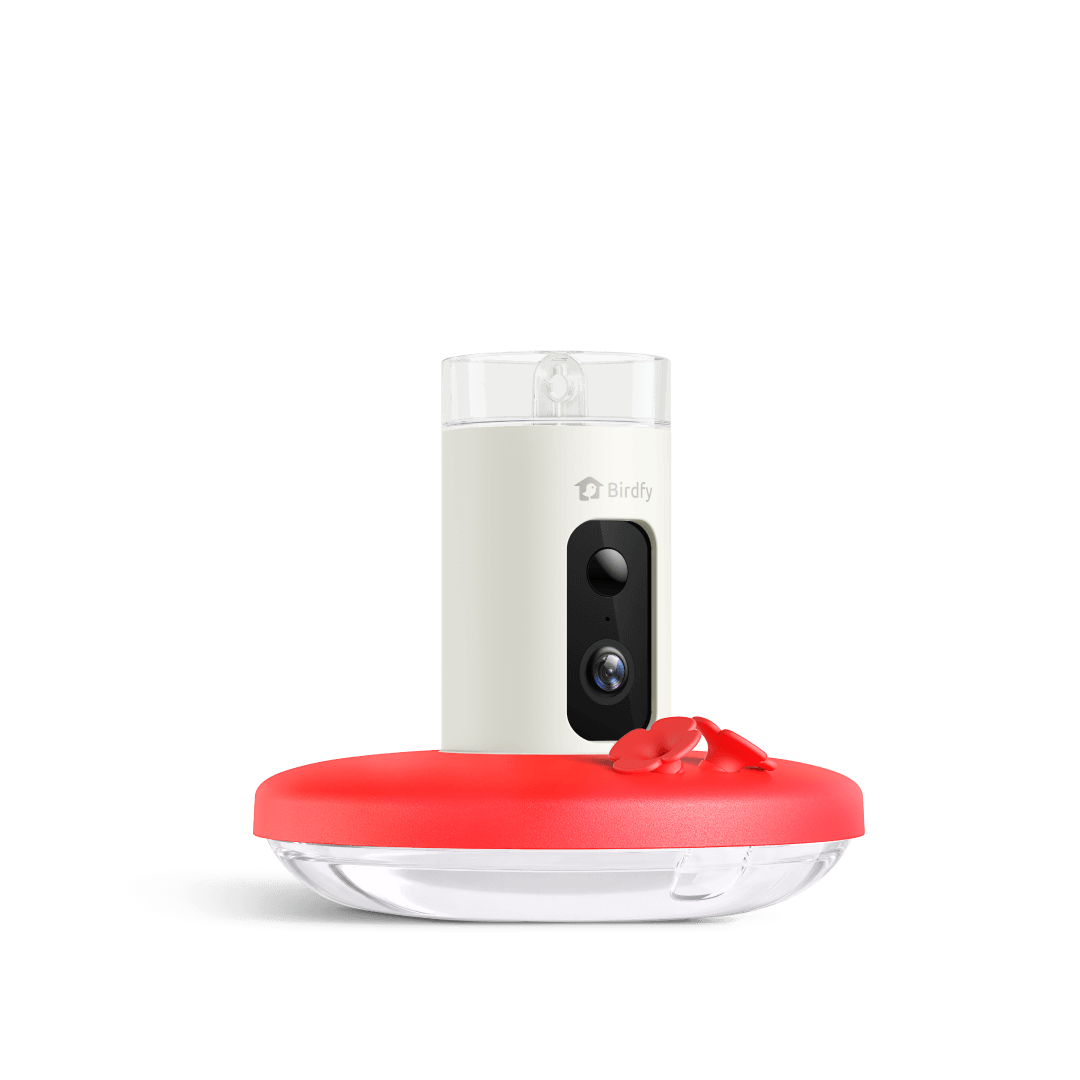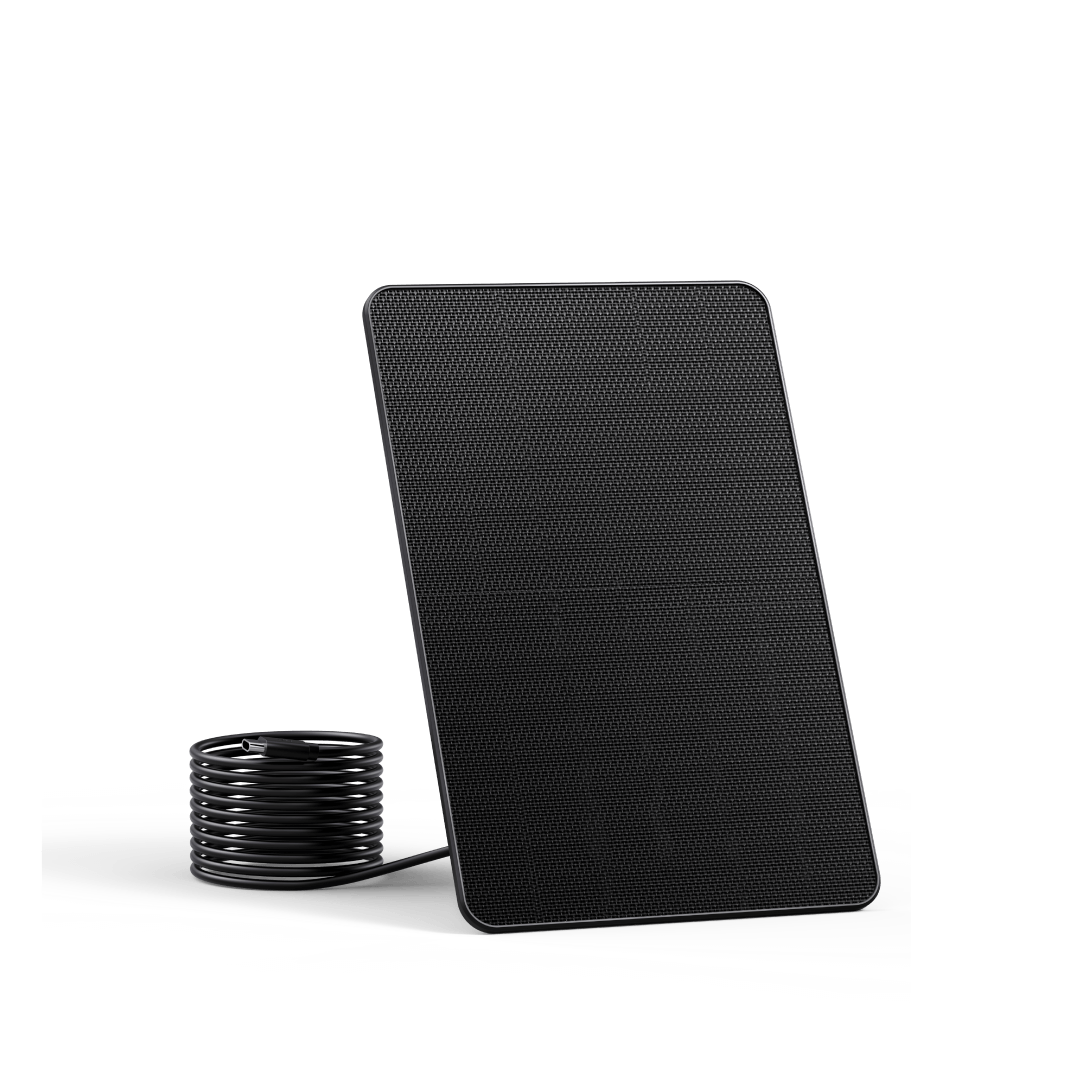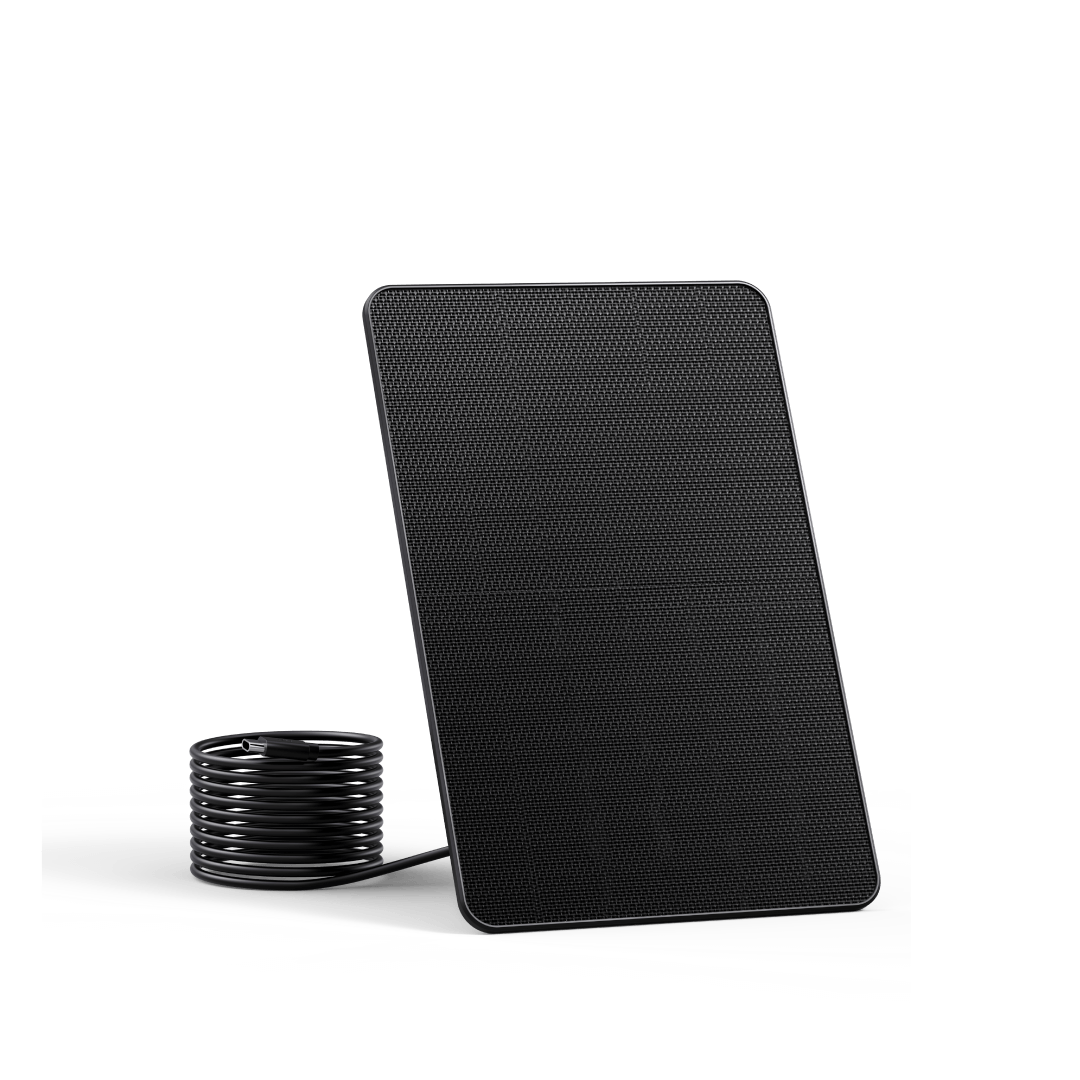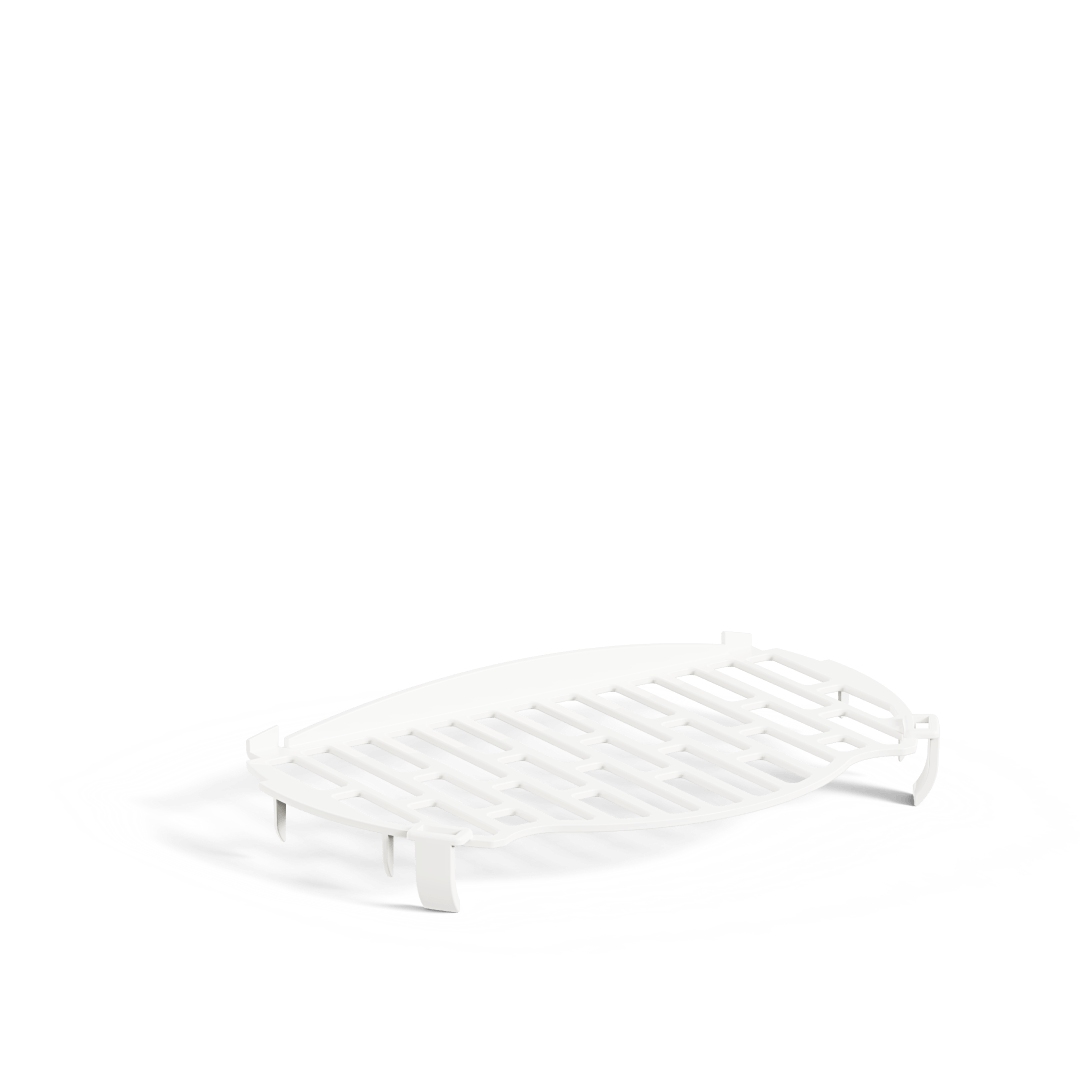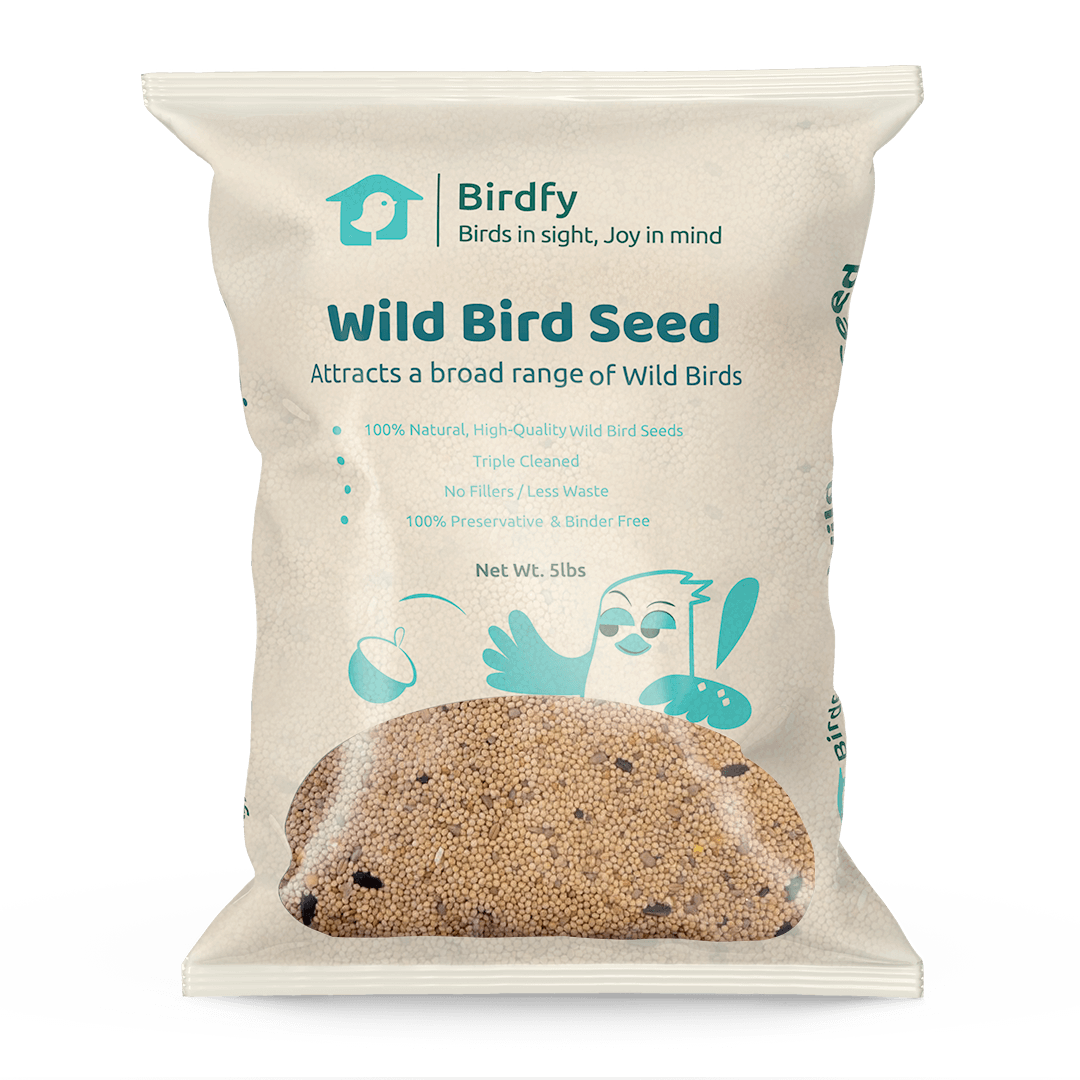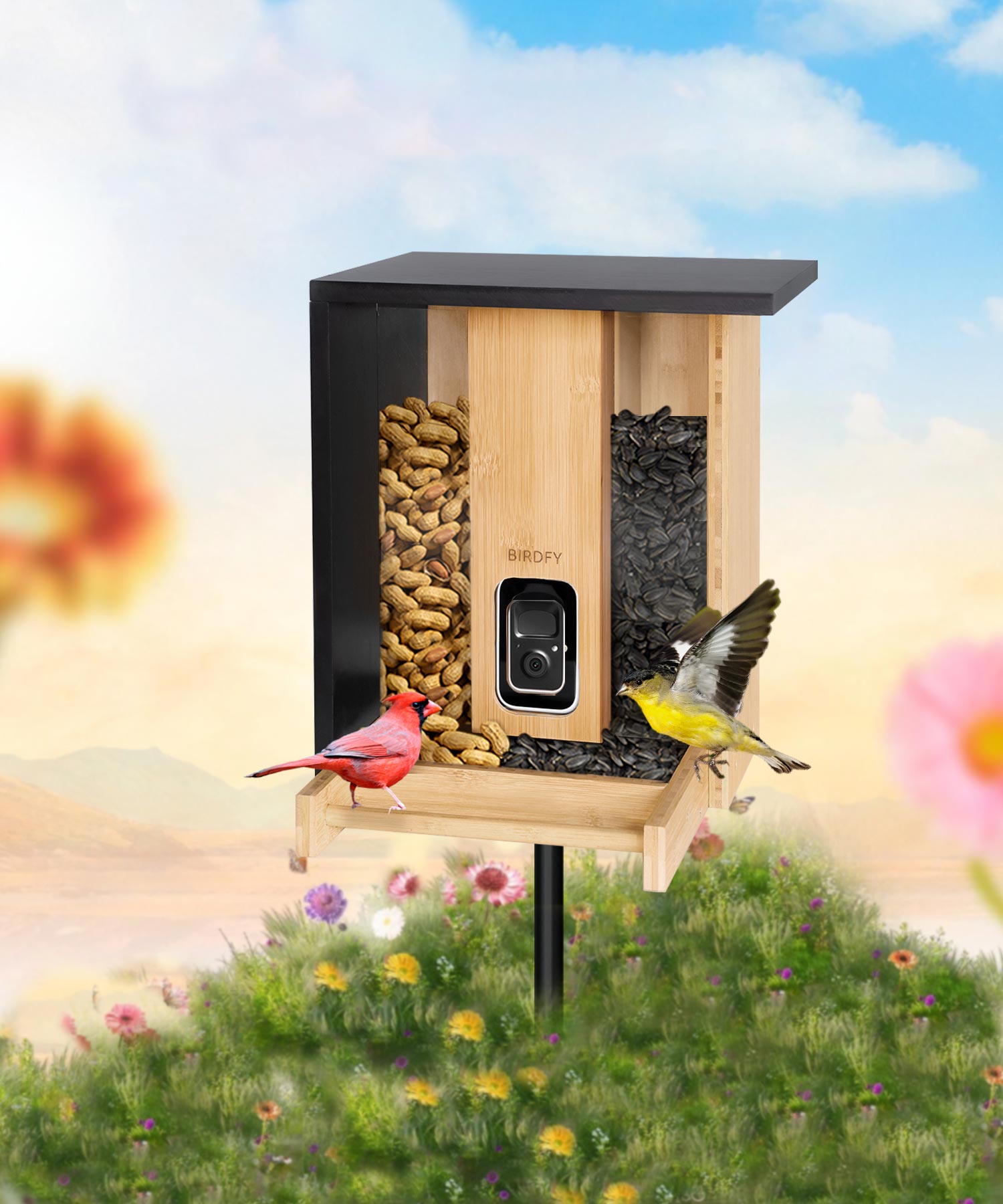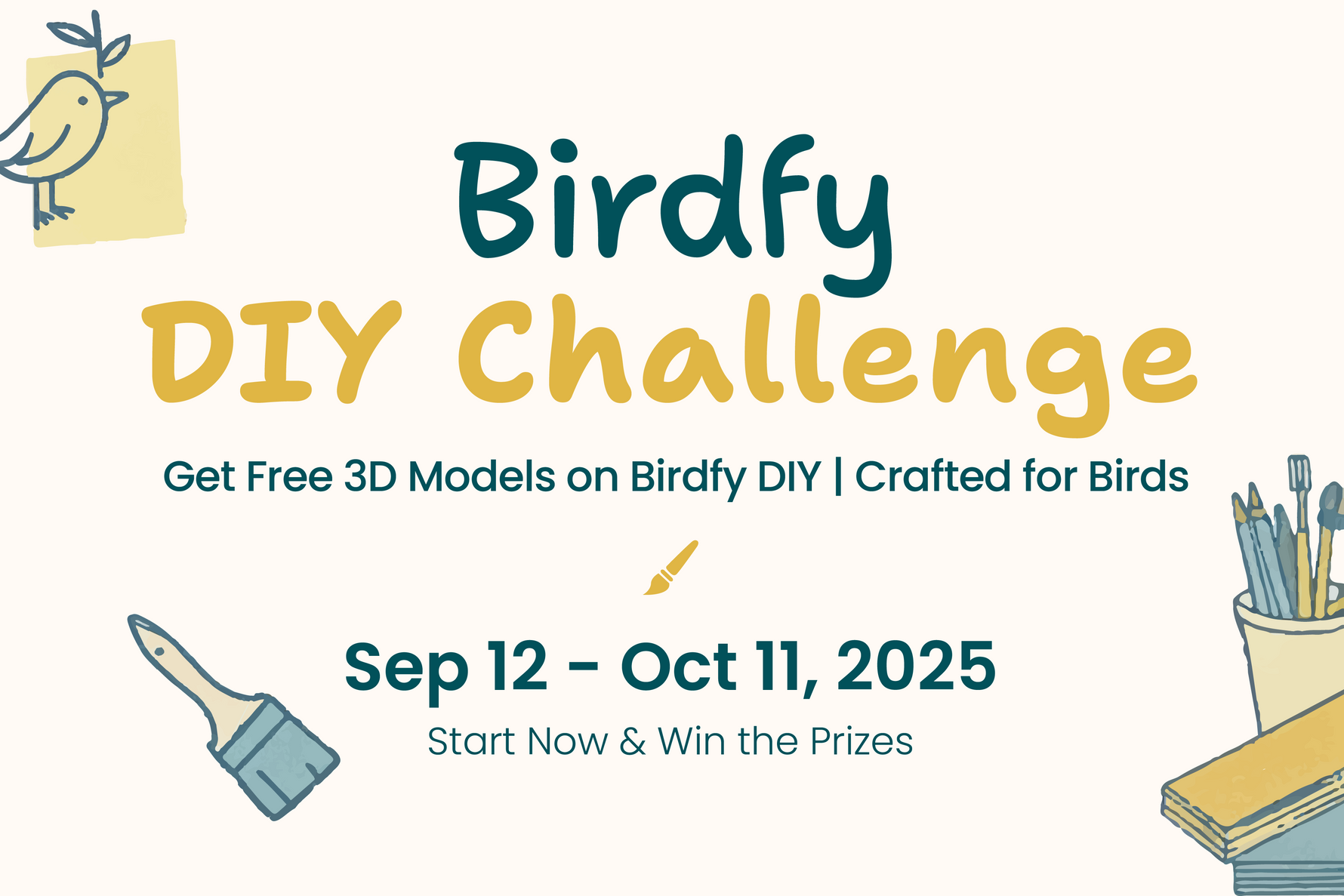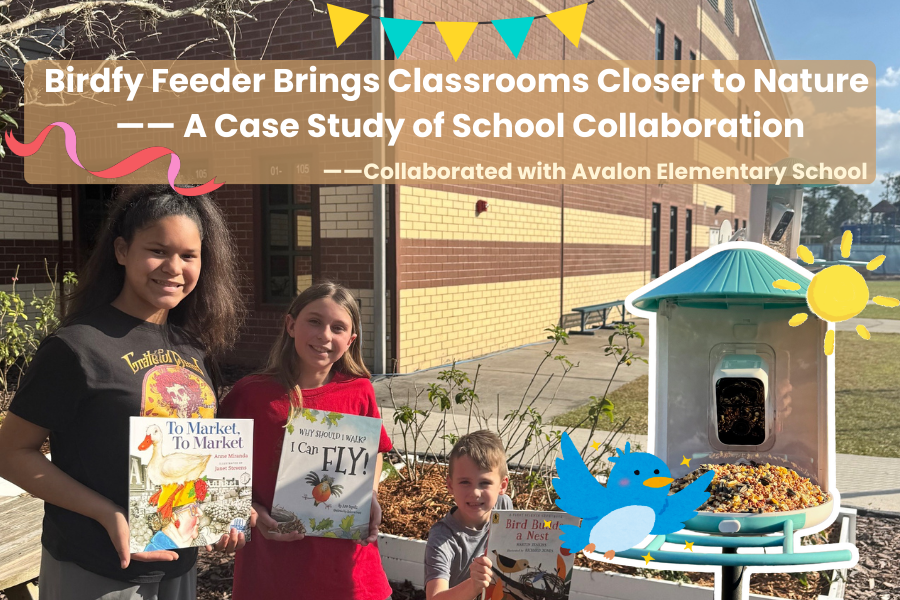How Do Birds Find Water? Proven Tips to Attract Thirsty Birds to Your Yard
If you’ve ever wondered how birds find water and drink water, you’re in the right place. Many backyard bird lovers struggle to understand what truly attracts birds to a water source and how to make their yard a reliable stop for thirsty visitors. Birds aren’t just looking for any puddle — they need clean, moving, and safe water to stay hydrated and healthy.
In this guide, you’ll learn exactly how birds find water, how birds drink water, plus practical tips to help you create the perfect setup in your backyard so more feathered friends will come to drink, bathe, and return again and again.
How Do Birds Find Water?
Birds are exceptional explorers, and their ability to locate water relies on several key strategies:
- Keen Eyesight: A bird's primary tool is its excellent vision. They are constantly scanning their environment from the air and from perches for the familiar glint of sunlight reflecting off a surface of water. A pond, stream, puddle, or even a dew-covered leaf can catch their eye from a surprising distance.
- Spatial Memory: Birds are intelligent creatures with remarkable spatial memory. They create detailed mental maps of their territory, memorizing the locations of reliable resources—including food, shelter, and water. Once a bird finds a birdbath or a dripping downspout in your yard, it will remember its location and return to it regularly.
- Listening for Water: The sound of water is a powerful attractant. The gurgle of a stream, the drip from a fountain, or the splash of a waterfall acts as an auditory beacon, guiding birds to the source. This is why moving water features are incredibly effective at attracting a wide variety of birds.
- Following the Flock: Birds often learn from each other through a behavior called local enhancement. If one bird sees others congregating, bathing, and drinking in a specific area, it will investigate. The activity of a few birds can quickly signal to others that a safe and valuable water source has been found.
So, birds find water through a mix of sharp vision, strong memory, keen hearing, and social cues—instincts and behaviors that work together to guide them to find water.
Likewise, you can learn how they find your bird feeders.
How Do Birds Drink Water?
Unlike humans, most birds cannot sip or swallow using suction. Bird drinking methods are specialized and vary by species:
- The Most Common Method: Scooping and Tilting
This is the technique used by the most common backyard birds like sparrows, cardinals, and finches. They dip their beak into the water, scoop up a small amount, and then tilt their head straight back. Gravity pulls the water down their throat into their digestive system.
- The Hummingbird's Drinking Technique: Capillary Action
Hummingbirds have long, grooved tongues. They don't scoop water but instead lick it up at an incredible speed—up to 15-20 times per second. Their forked tongues extend into the nectar or water, and the liquid is drawn up via capillary action (the same principle that draws water up a paper towel) before they retract it into their beak.
- The Skimmer's Method: Skimming
Unique birds like Black Skimmers fly low over the water with their lower mandible dipped into the surface, literally skimming a drink while in flight.
- Absorbing Water from Food
Many birds get a significant portion of their required water directly from their food. Insect-eating birds hydrate from the juicy bodies of their prey, and fruit-eating birds get moisture from berries and other fleshy fruits. This reduces their need to visit open water sources frequently.

How You Can Help Birds Find Water in Your Backyard
Providing a water source is one of the best ways to attract a diverse array of birds to your yard, often even more effectively than food alone. Here’s how you can help:
1. Provide a Birdbath
A birdbath is the simplest and most effective way to provide water. To make your birdbath most attractive to birds:
- Location is Key: Place it in a somewhat open area but near trees or shrubs (within 5-10 feet) to give birds an escape route from predators.
- The Right Depth: Birds prefer shallow water. A depth of 1-2 inches at the center, with a gently sloping bottom, is ideal. You can add flat stones to a deep bath to create shallow areas.
- Birdbath Material Matters: A rough or textured bottom provides sure footing for birds.
- The right Time: What time of day do birds use bird baths? Birds are most active at dawn and dusk, and this is when you'll typically see the most traffic at your birdbath. They need to drink after a long night without water and to hydrate before the night ahead. However, you will see birds drinking and bathing throughout the day, especially during hot weather or in the dry afternoon hours.
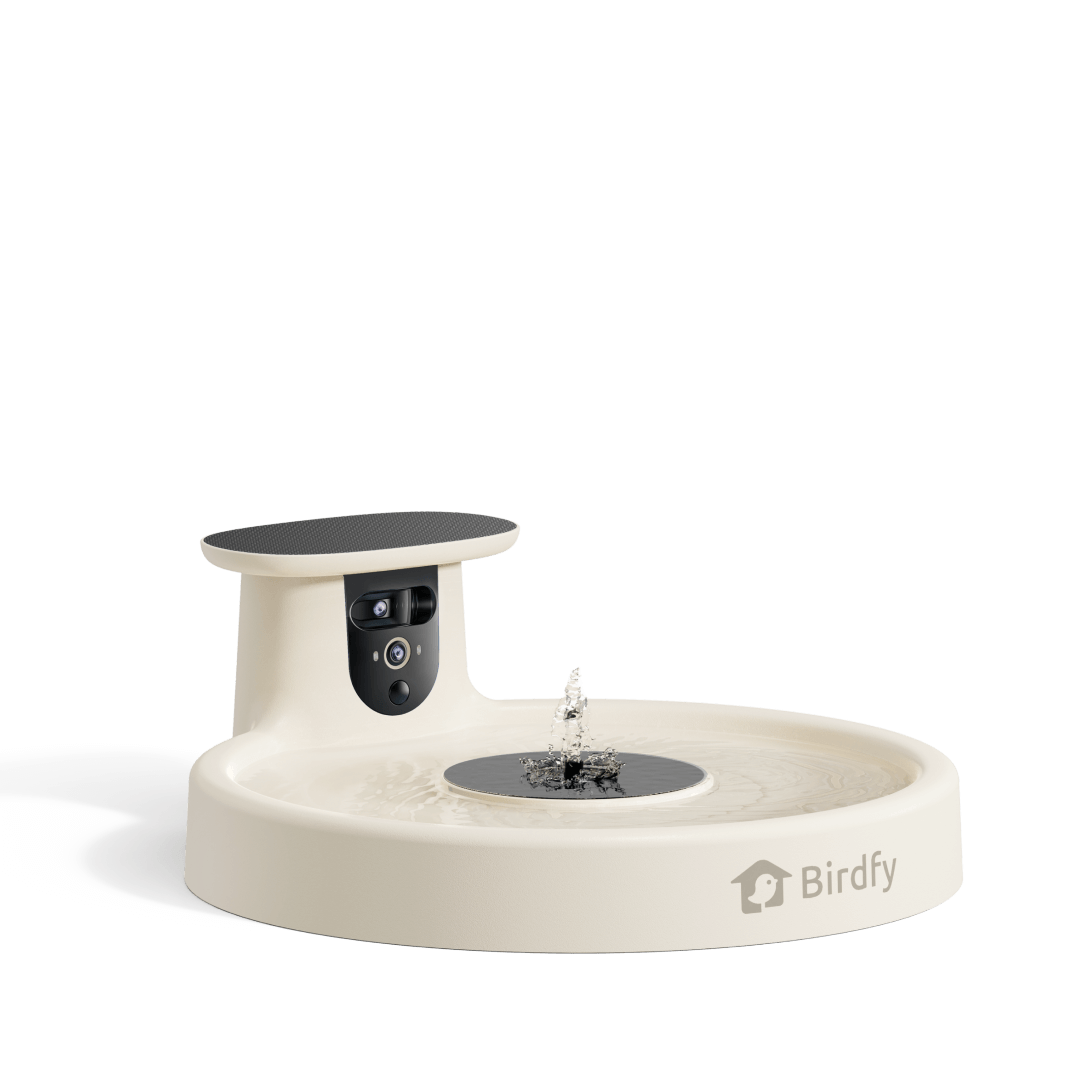
2. Provide Bird Water Feeders
Some bird feeders are specifically designed to provide water for birds:
- Nectar Feeders: For hummingbirds and orioles, these provide a sugar-water solution, which is a source of both energy and hydration.
- Water Domes: These are specialized birdbaths, often mounted on a post, that come with a protective dome to keep the water cleaner and offer shade.
With the right bird water feeder, you’ll not only make your yard more inviting, but also reduce the effort it takes to keep birds coming back.
You can also diy a water bottle bird feeder by following the steps in this video:
How To Make A Bird Water Feeder
3. Add Movement and Sound
As mentioned, the sound of moving water is an irresistible lure to birds.
- Drippers or Misters: A device that slowly drips or mists water into a birdbath will attract birds from afar with its sound and sight. Many birds love to fly through a fine mist to bathe.
- Water Wigglers or Water Fountains: A small, battery-operated or solar-powered fountain or "wiggler" not only creates sound and movement to attract birds but also prevents mosquitoes from breeding by keeping the water moving.
4. Maintain a Clean Water Source
This is non-negotiable. Stagnant, dirty water can breed bacteria and diseases like avian pox. You must:
- Change the water every day or two.
- Scrub the bath with a stiff brush weekly to remove algae and droppings.
- Rinse thoroughly to remove all cleaning residue.
FAQ
Can birds drink salt water?
Most land birds cannot. Their kidneys are not efficient enough to filter out the high salt content, which would lead to dehydration and death. However, seabirds like albatrosses, gulls, and petrels have special salt glands located near their eyes that actively excrete a concentrated salt solution, which then drips out of their nostrils, allowing them to drink seawater.
Do birds like cold or warm water to drink?
Birds generally prefer water that is at air temperature. In winter, they will drink very cold water. The bigger issue is ice. Providing liquid water in winter is a massive help. In summer, cool water is more appealing and refreshing than water that has been heated by the sun all day. Placing a birdbath in a shaded area can help keep the water temperature moderate.
How often do birds drink water?
This varies greatly by species, diet, and weather. A small songbird with a high metabolism may need to drink several times a day, especially when eating dry seeds. A bird that consumes juicy insects or fruit may only drink once a day. In hot weather, all birds will drink more frequently.
Will birds drink water from a bowl?
Absolutely. A simple shallow bowl or plant saucer placed on the ground or on a pedestal can function as a perfect birdbath. Just ensure it's shallow enough and has a rough surface for grip. Many ground-feeding birds, like doves and robins, will readily use a ground-level water source.
How do birds find water in winter?
This becomes a much greater challenge when streams and puddles are frozen. Birds rely even more heavily on their spatial memory to return to unfrozen sources they used in the summer. They also melt snow and ice with their bodies by eating it, which consumes precious energy. This is why providing a heated birdbath or a birdbath with a built-in heater is one of the most beneficial acts you can do for winter birds, as it guarantees them a vital, liquid water source without them having to expend energy to melt snow.
Conclusion
Water is not only essential for a bird’s survival but also one of the strongest magnets to bring them into your yard. Birds are naturally drawn to clean, moving water with gentle sounds — it makes them feel safe and welcome. To create this effect at home, you can add a small fountain or choose a Birdfy Birdbath, which comes with a built-in solar fountain to keep the water flowing effortlessly. Placement is just as important: set it where birds can easily see and access it.
Now that you’ve read this blog and learned how birds find and drink water, it’s time to put it into practice — let fresh water turn your backyard into a favorite stop for feathered visitors!
Share





